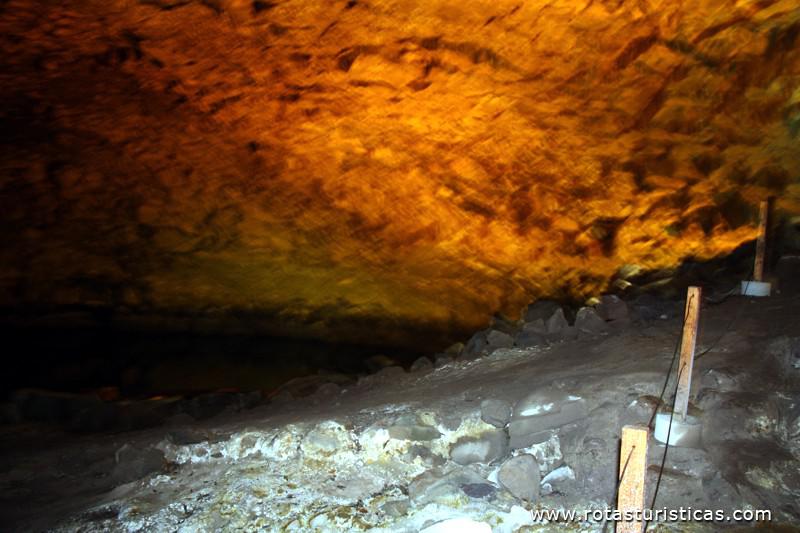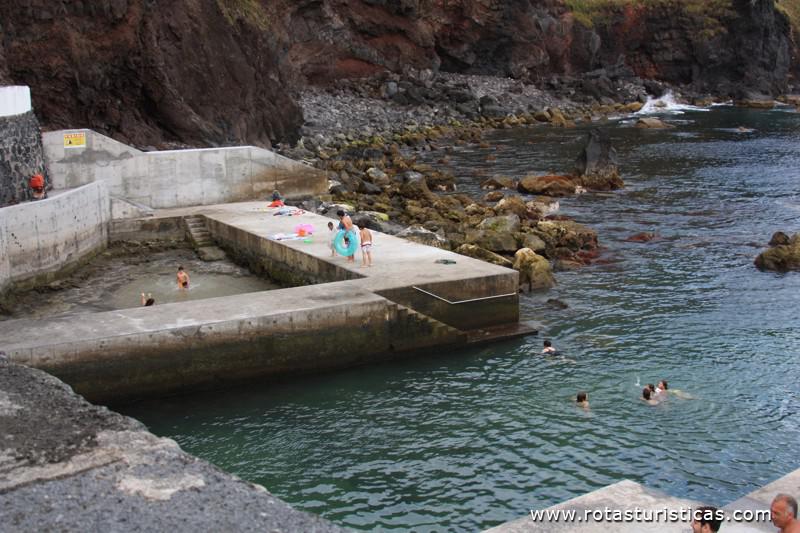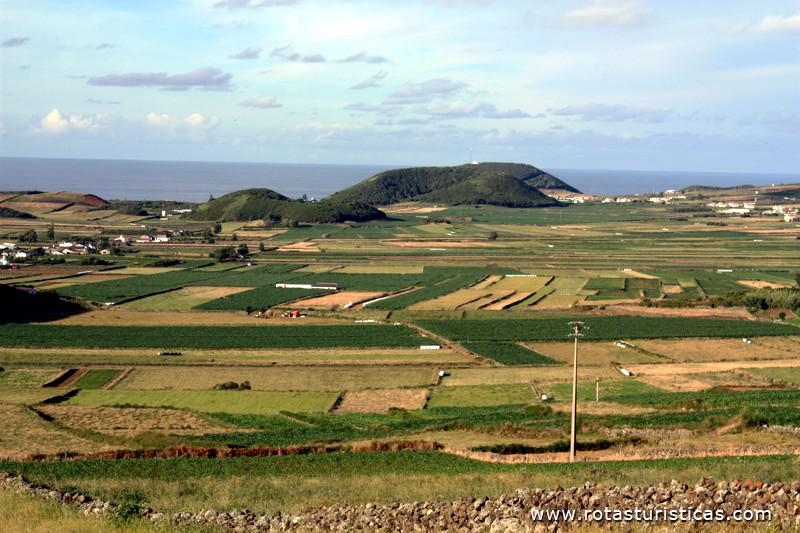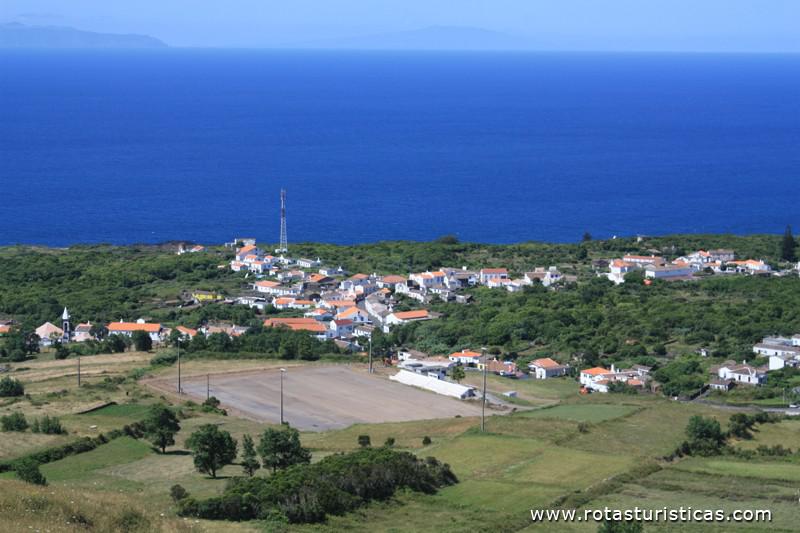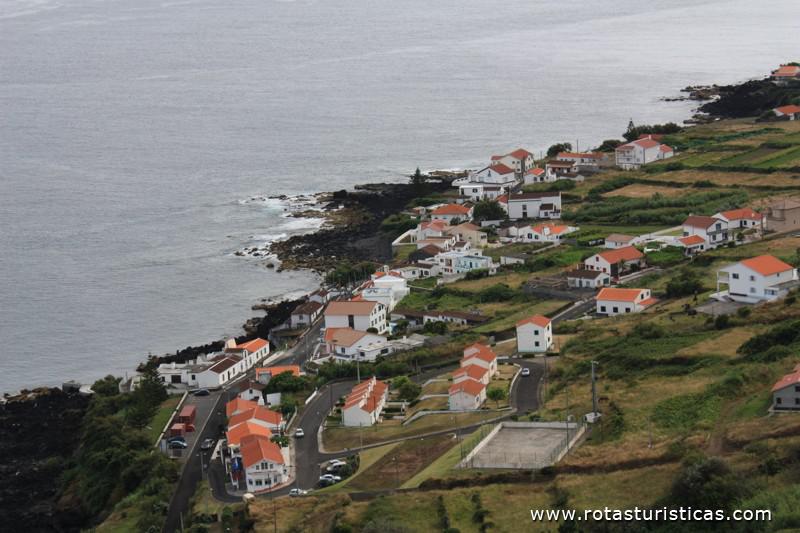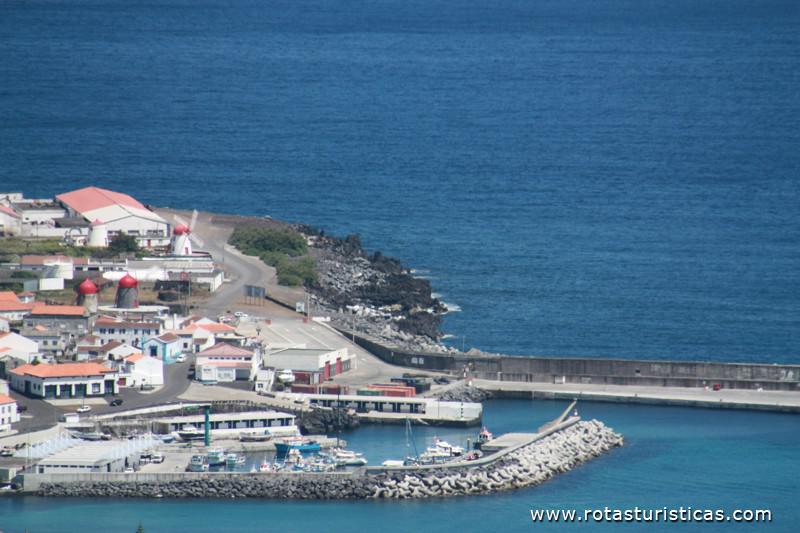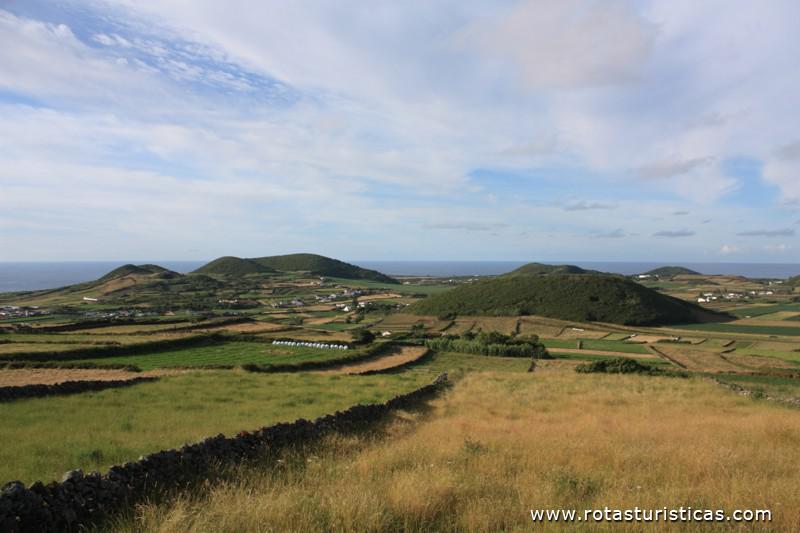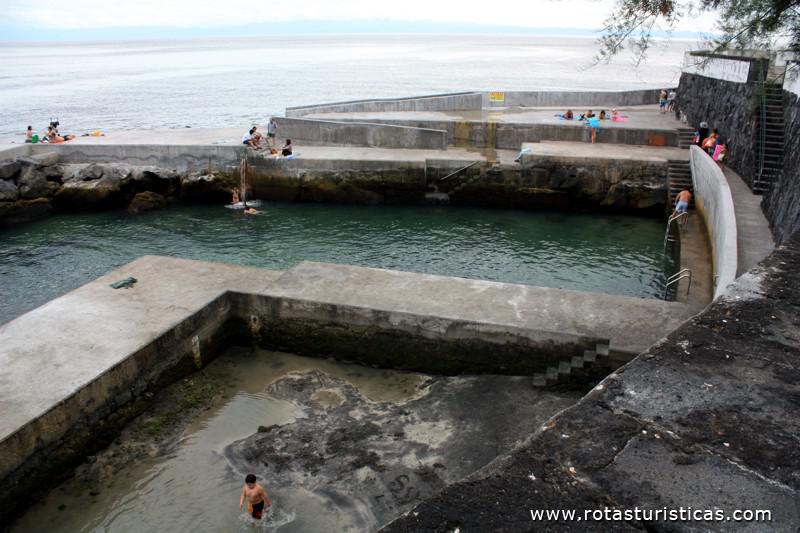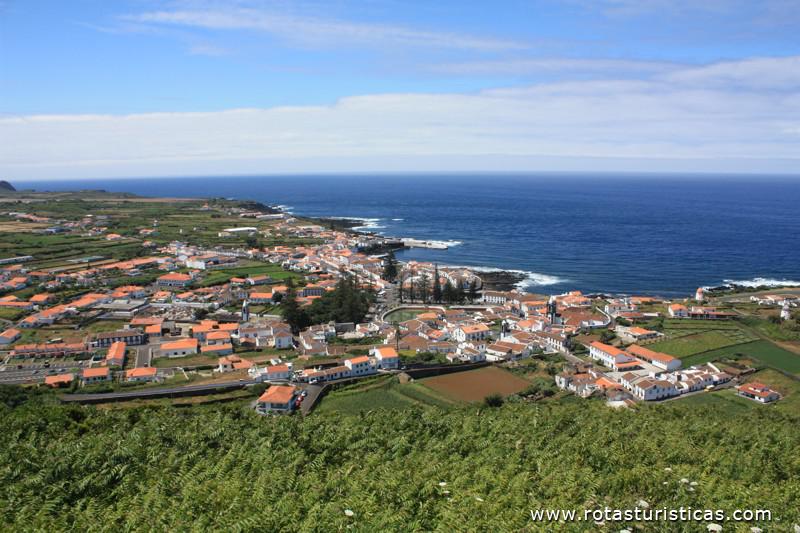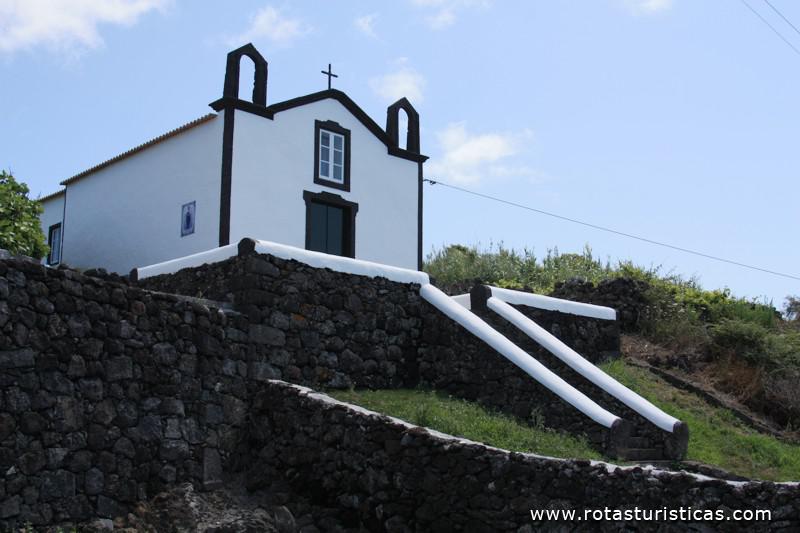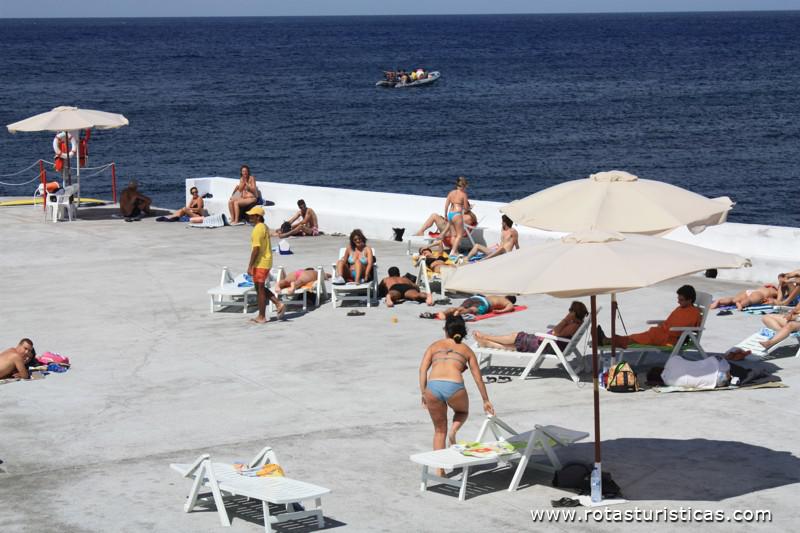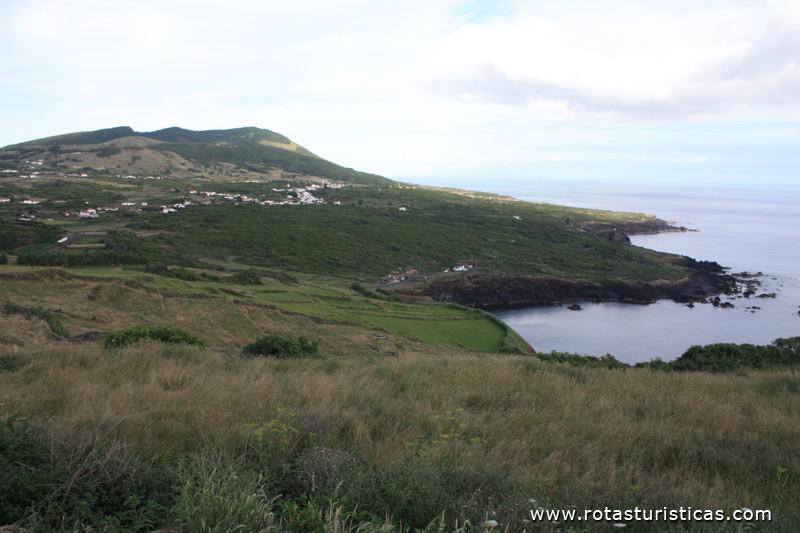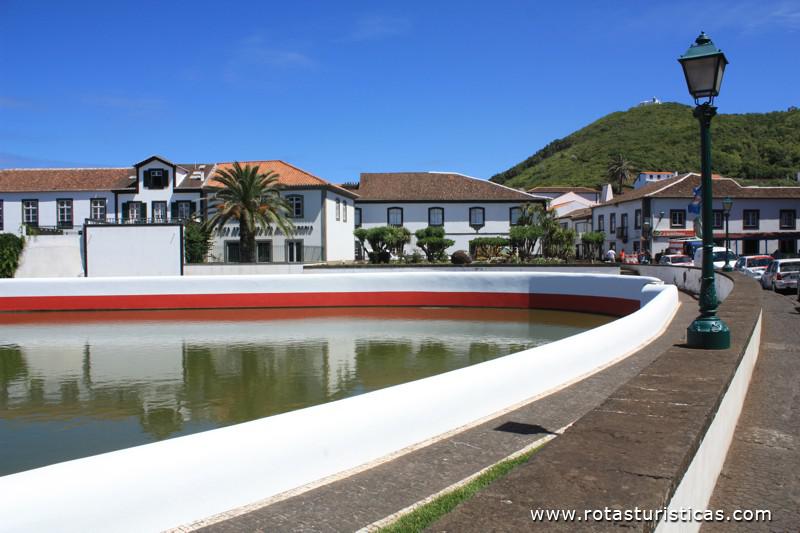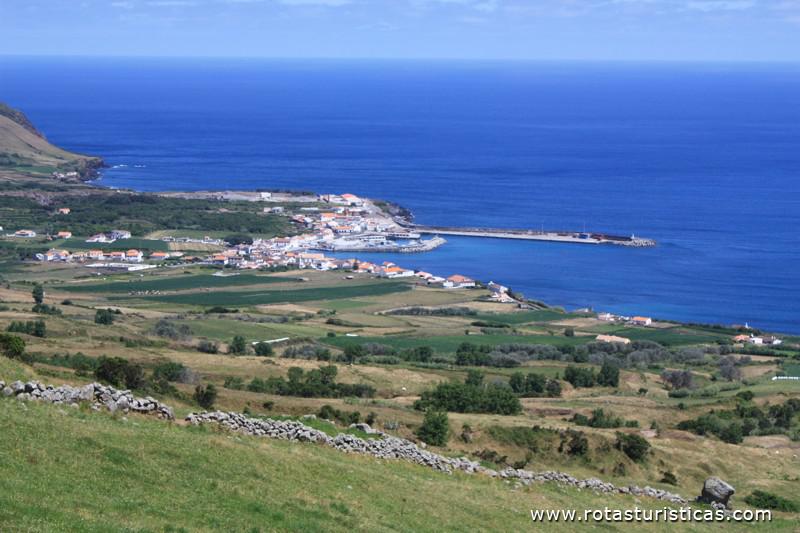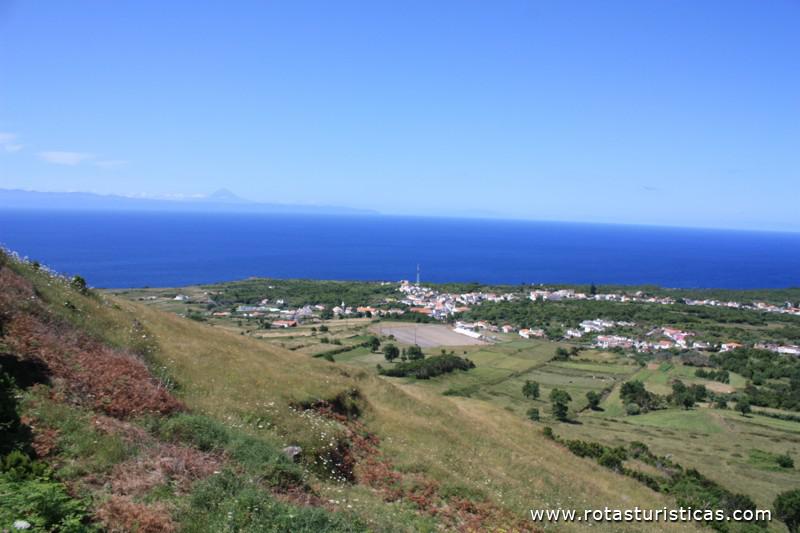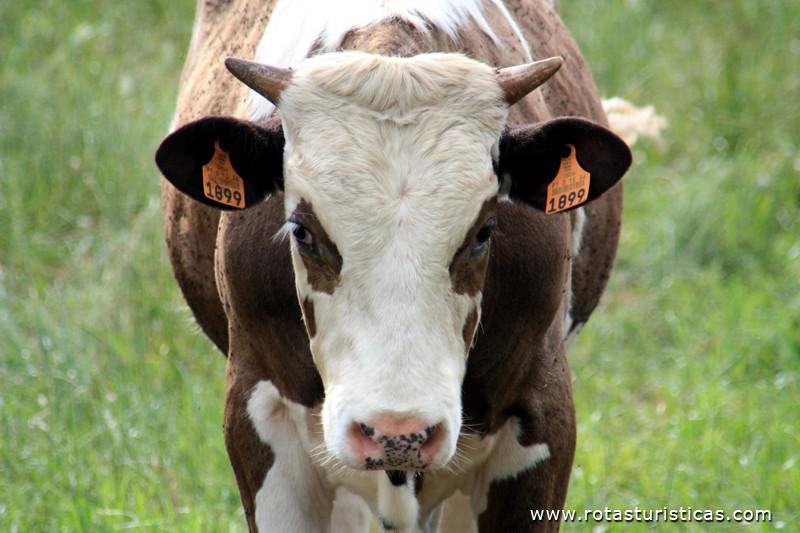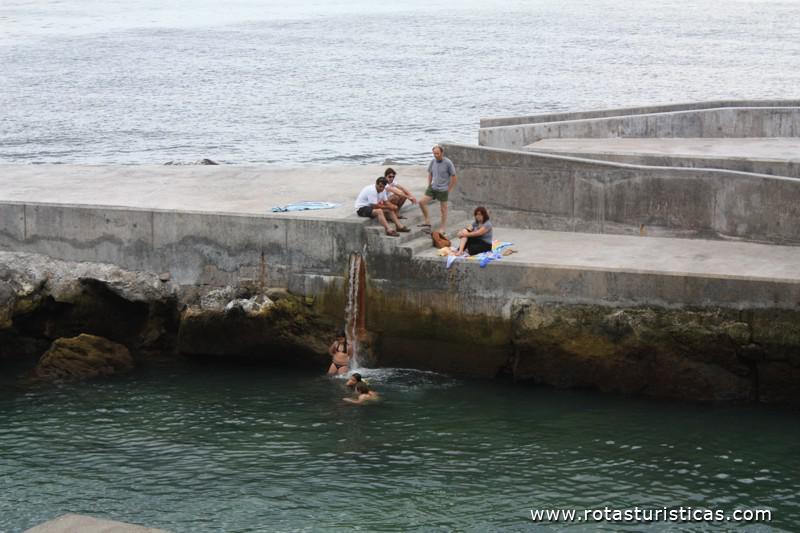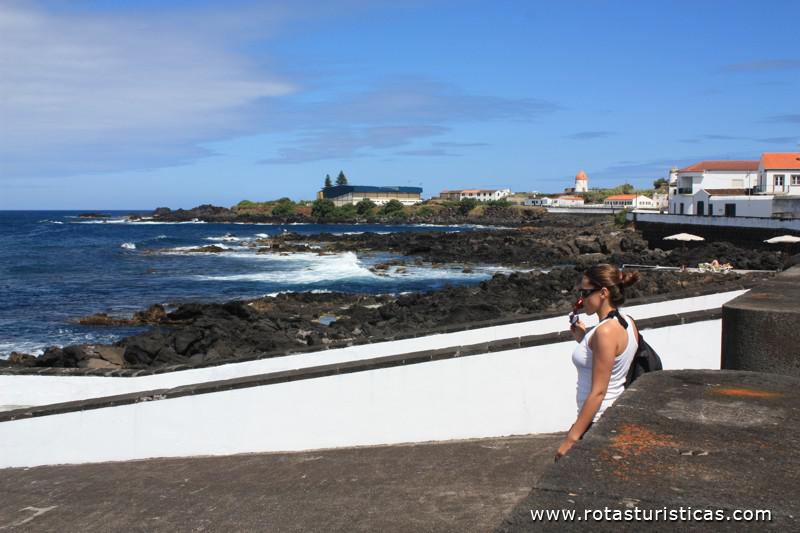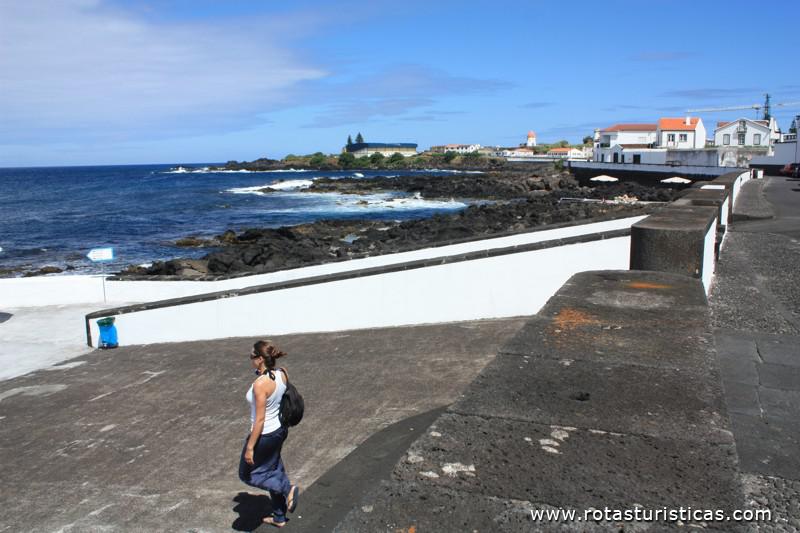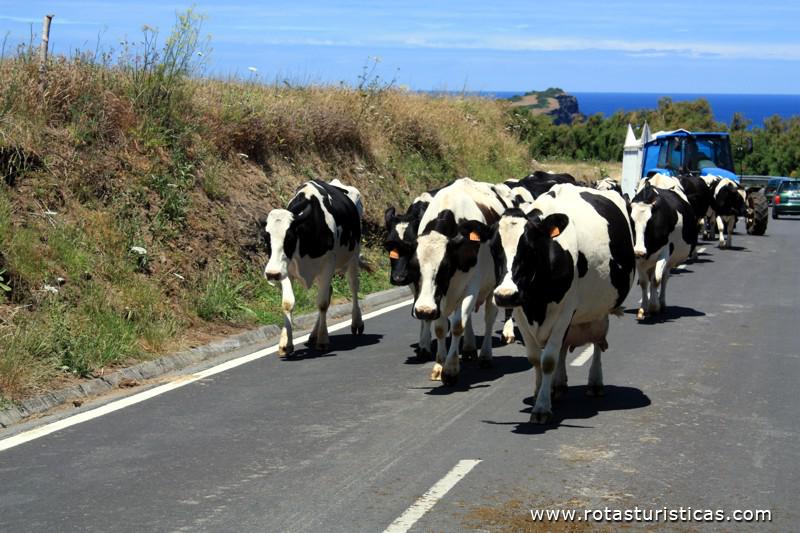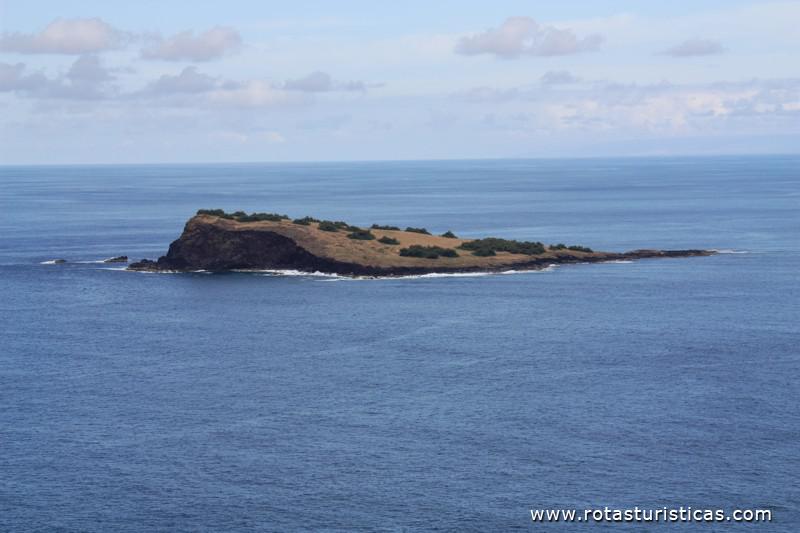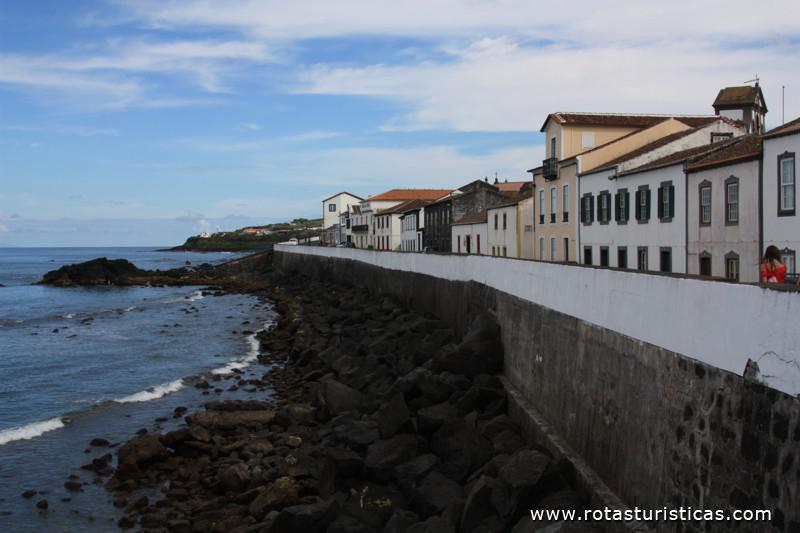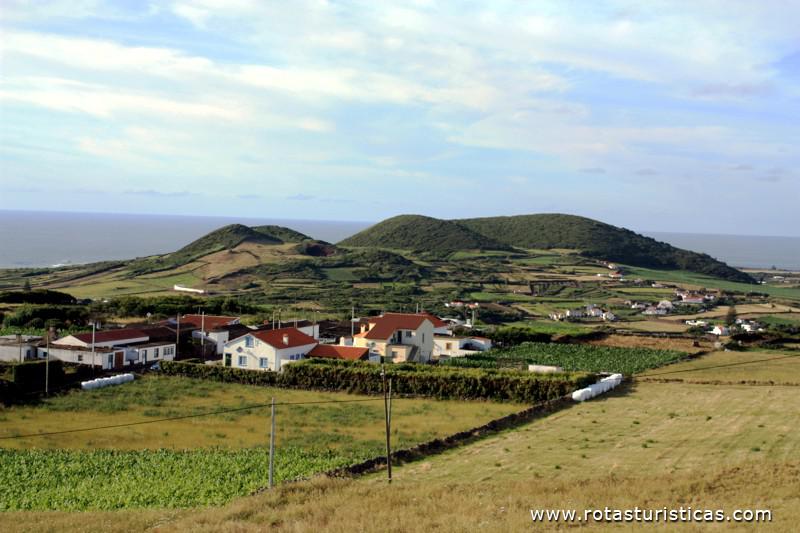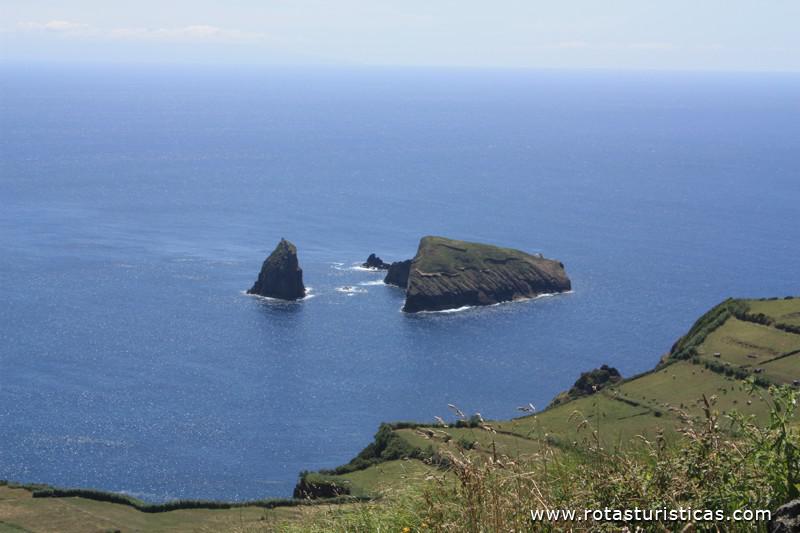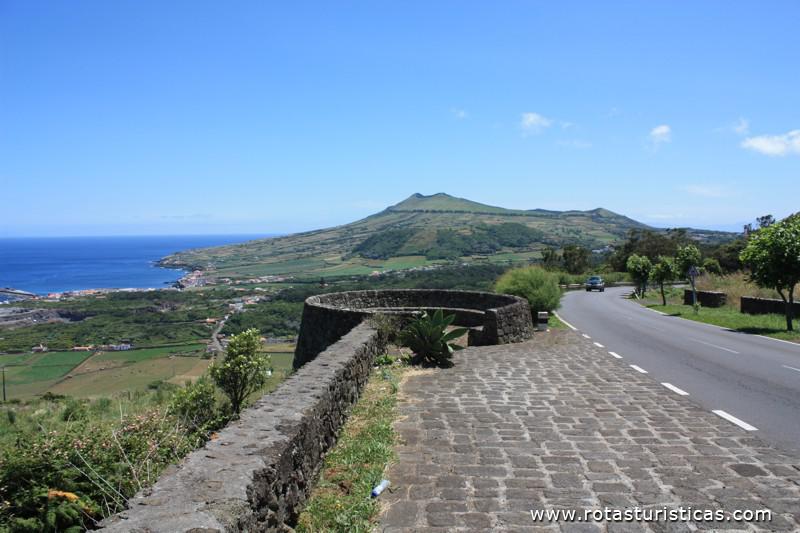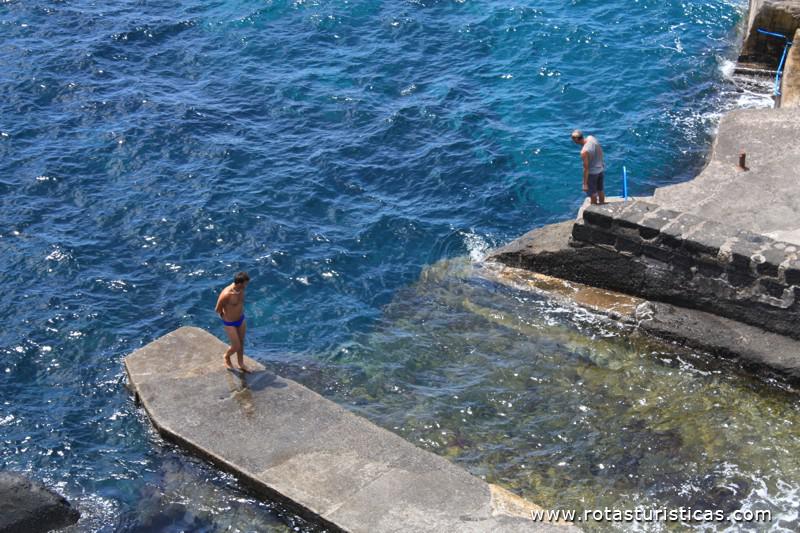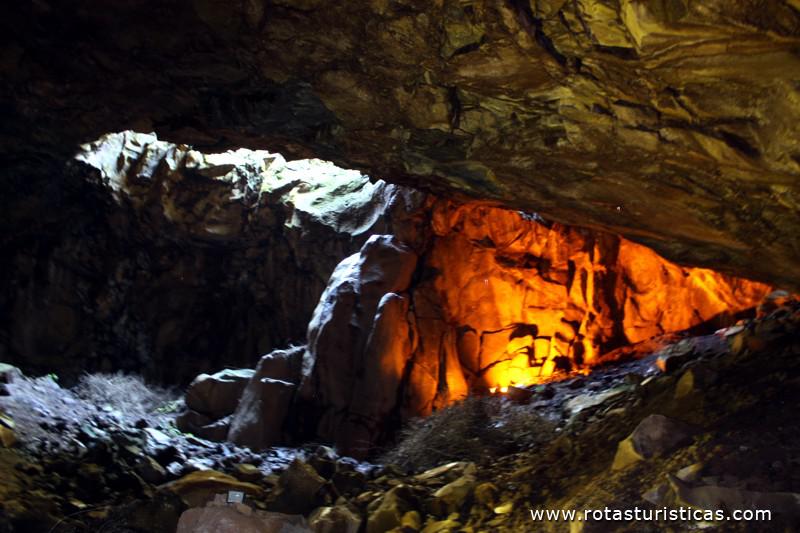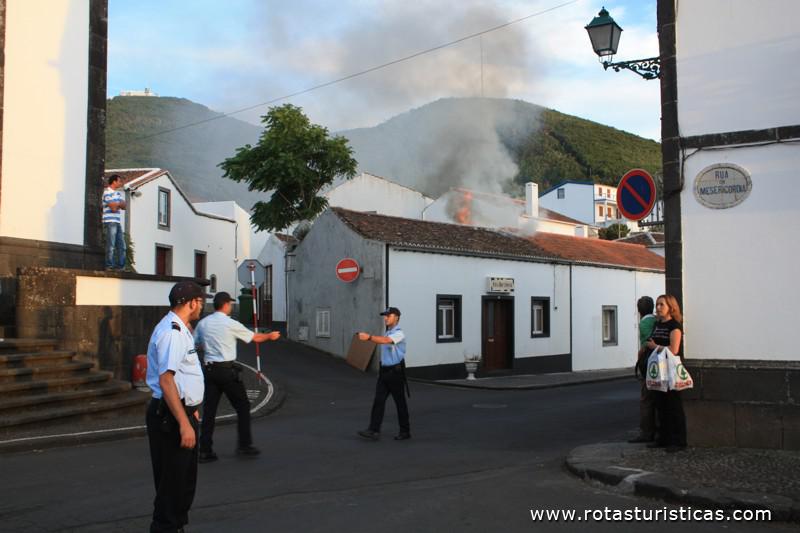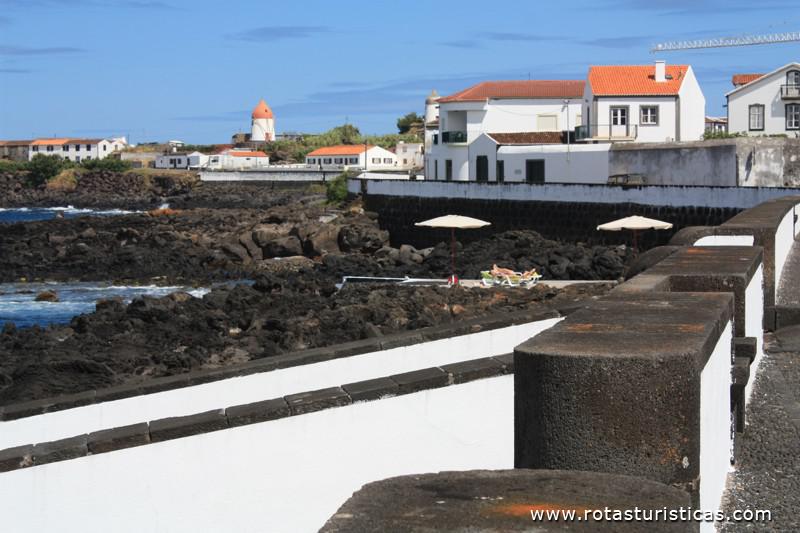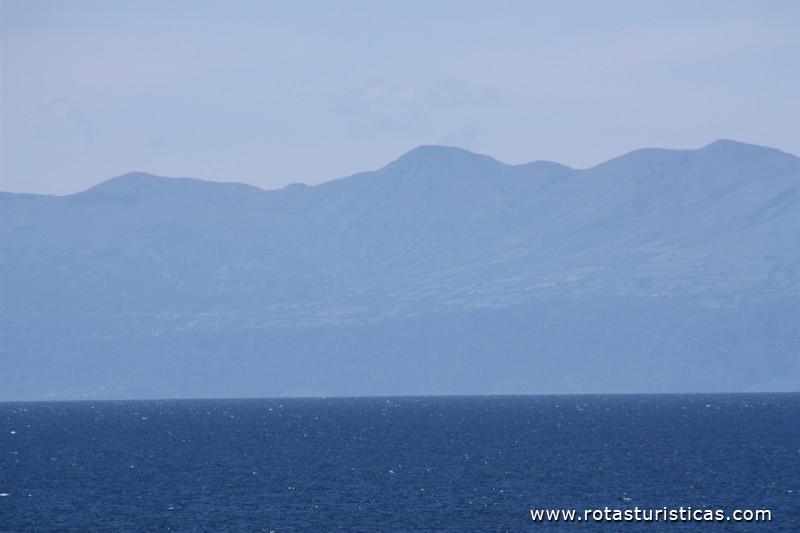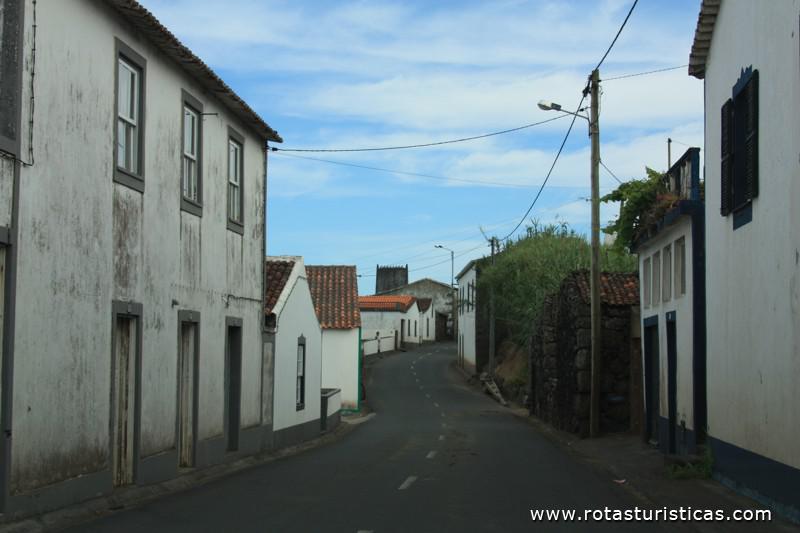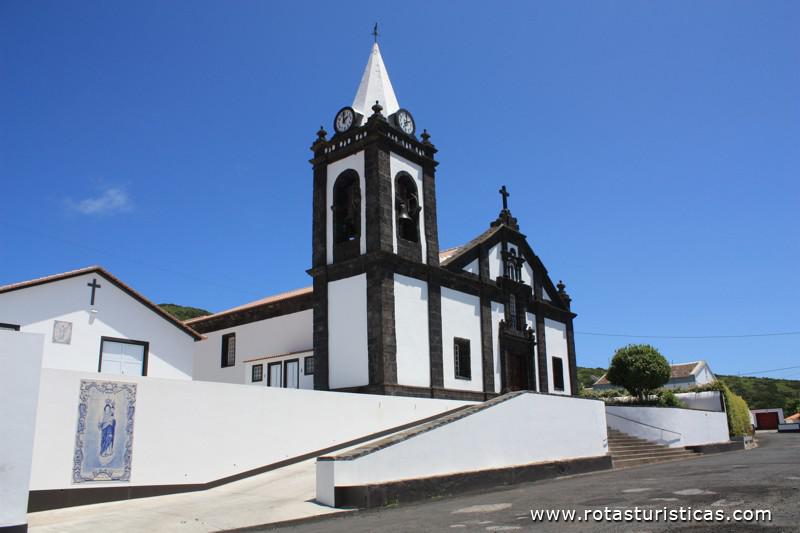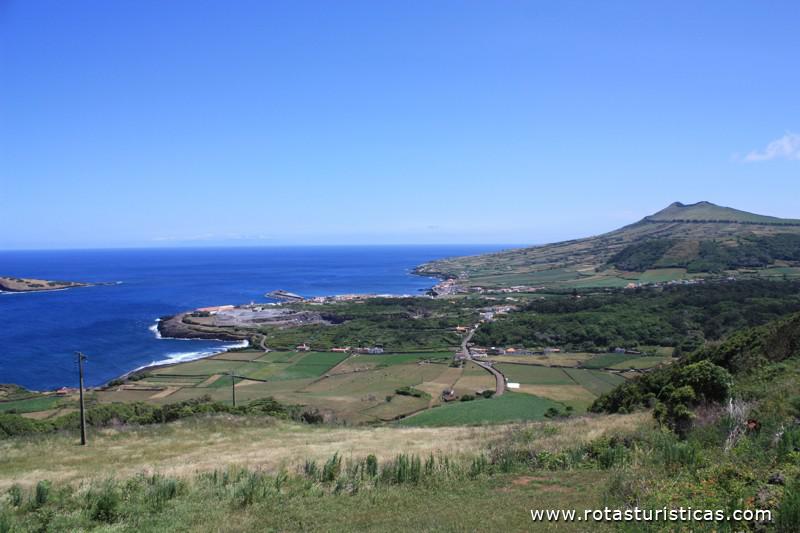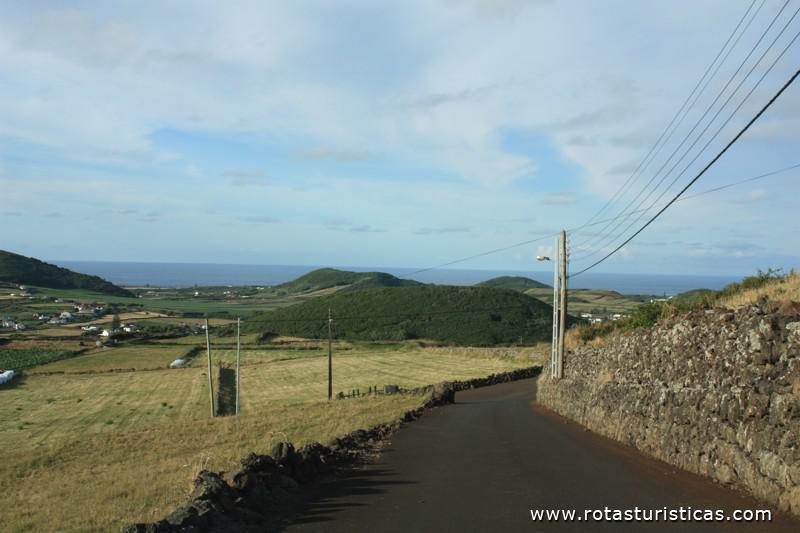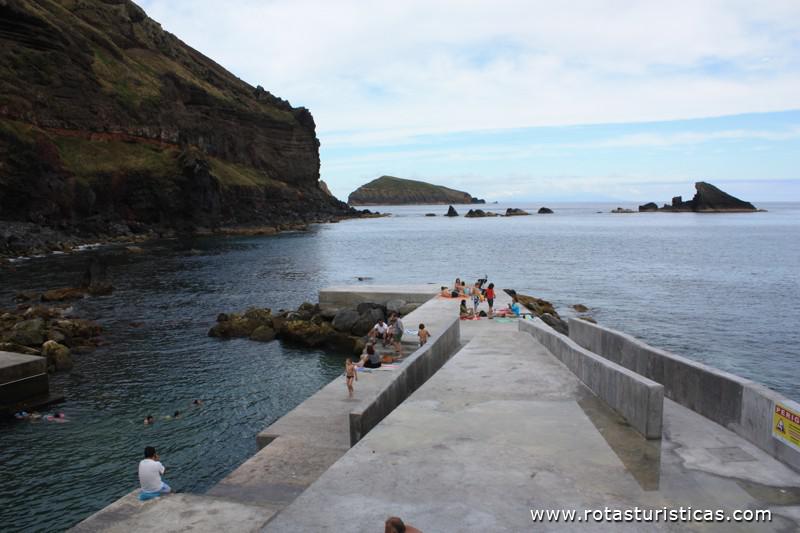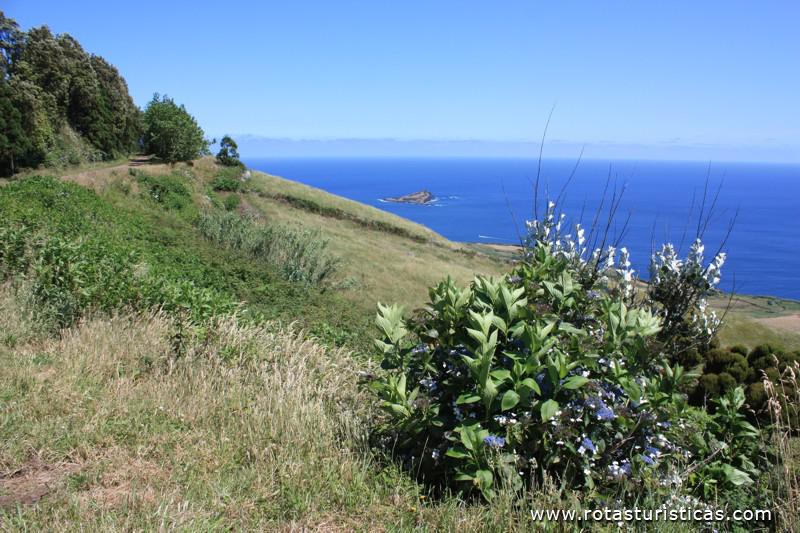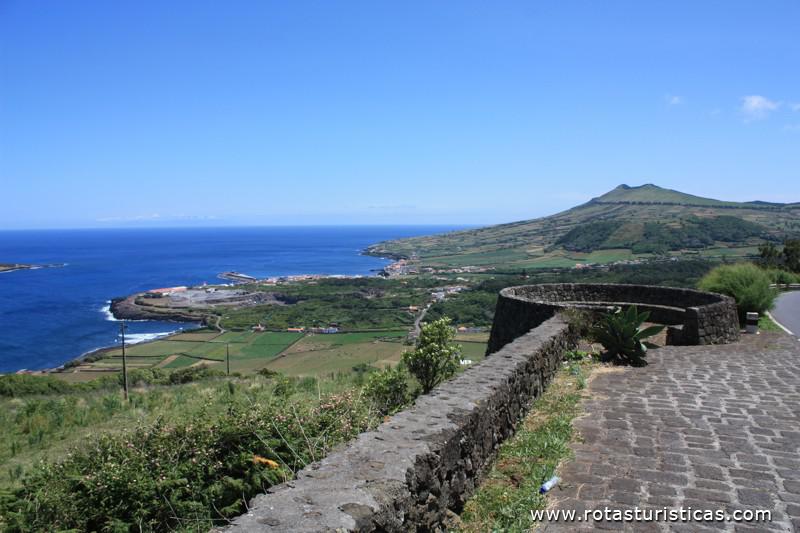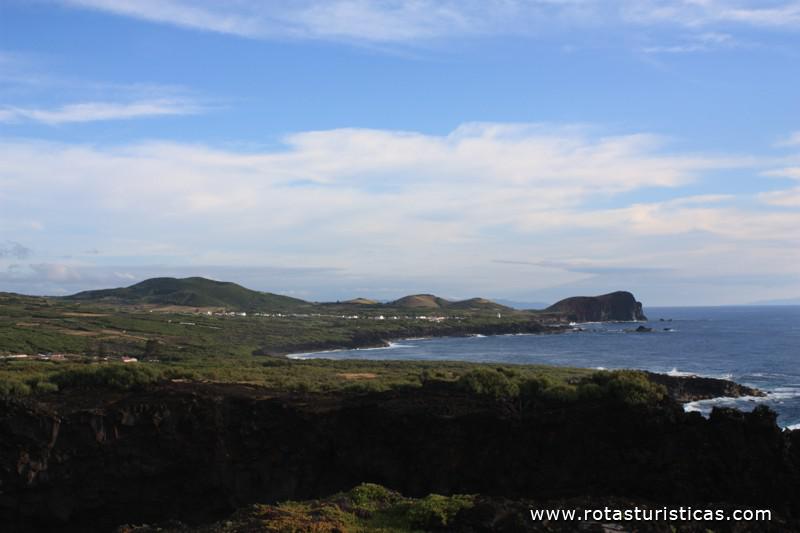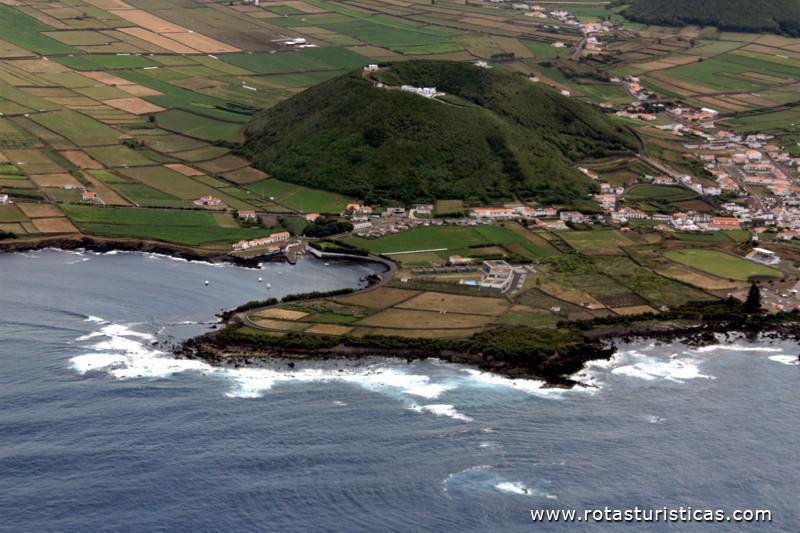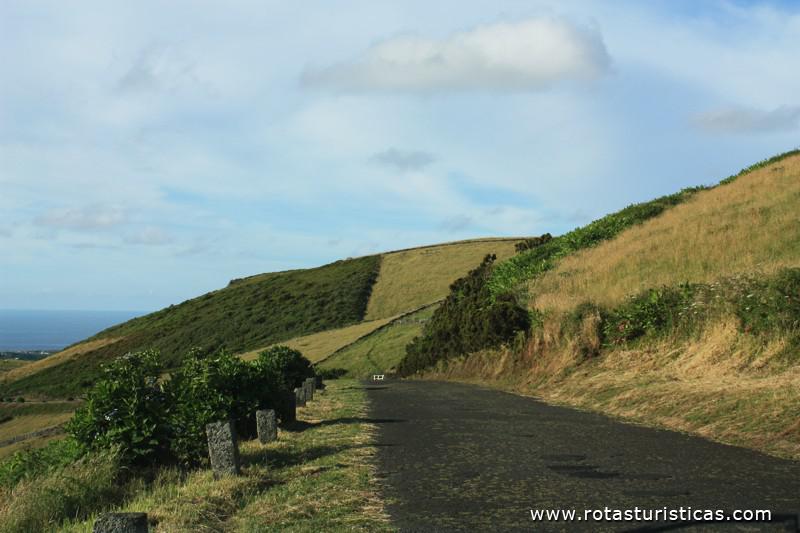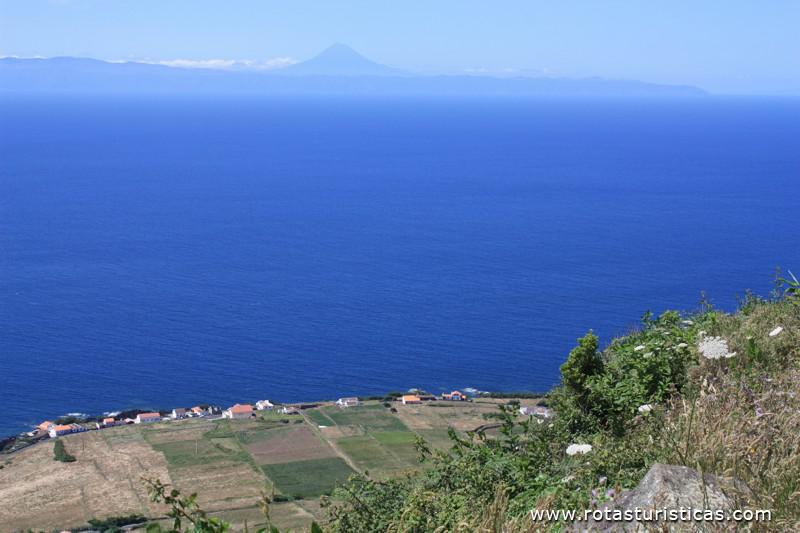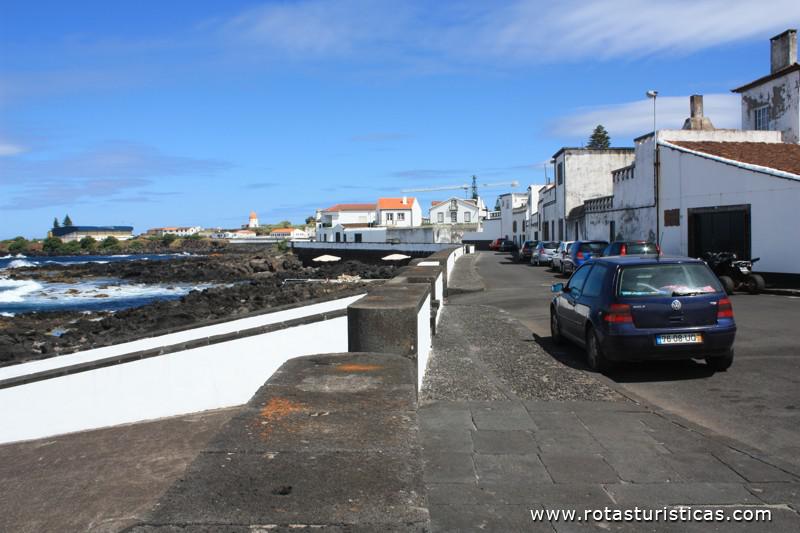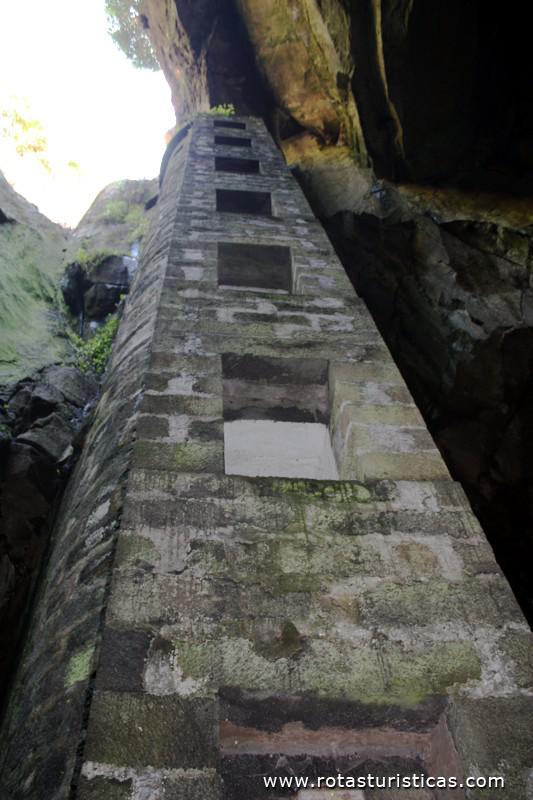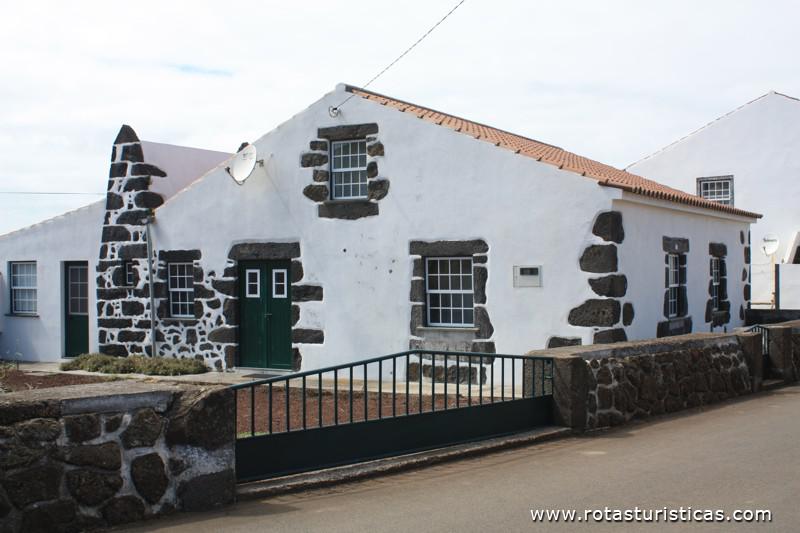Pictures of: Graciosa Island - Azores
Location map
Airports
Hotels and other Accommodation
What to visit
Where to Eat
World Nomads
The Travel Insurance with the largest coverage

The Travel Insurance with the largest coverage

Graciosa Island
With a surface of approximately 62 km2, the second smallest island in the Azores is known as the White Island, a designation inspired by the geomorphological characteristics and toponymic elements of the island, especially the names given to places such as White Rocks and Serra Branca. Raul Brandão, n 'The Unknown Islands (1926), helped to establish this designation, making it known nationally, also associating it with the impression caused by a landscape where, in addition to the aforementioned elements, the white houses predominate. The island has about 5,000 inhabitants and a county, Santa Cruz da Graciosa, consisting of four parishes: Vila de Santa Cruz, Vila da Praia, Guadalupe and Luz.
The islanders arranged along the coast of Graciosa add a peculiar beauty to the island. This is the case of Ilhéu da Praia, which houses a diverse population of seabirds, Ilhéu de Baixo, in front of Ponta da Restinga, Ilhéu das Gaivotas, near Carapacho, and Ilhéu da Baleia, located in Ponta da Bahia Barca, so named because of its shape.
The rolling countryside, the green and purple of the vineyards, the rolling windmill blades, a lagoon hidden in the depths of the earth, the peace and quiet of country life and the delicious wines are attractions of Graciosa. In another equally beautiful theater, the entrance into the sea offers the rainbow colors of underwater life.
The islanders arranged along the coast of Graciosa add a peculiar beauty to the island. This is the case of Ilhéu da Praia, which houses a diverse population of seabirds, Ilhéu de Baixo, in front of Ponta da Restinga, Ilhéu das Gaivotas, near Carapacho, and Ilhéu da Baleia, located in Ponta da Bahia Barca, so named because of its shape.
The rolling countryside, the green and purple of the vineyards, the rolling windmill blades, a lagoon hidden in the depths of the earth, the peace and quiet of country life and the delicious wines are attractions of Graciosa. In another equally beautiful theater, the entrance into the sea offers the rainbow colors of underwater life.
Tourism
Graciosa Museum, with an ethnographic vocation, which includes, in addition to the pieces related to the traditional activities of the island, collections of coins, postcards, photos, old newspapers, documents, books and documents of the century. XIX and XX, numismatics, clothing, armaria and decorations;
Monte de Nossa Senhora da Ajuda, overlooking the city of Santa Cruz;
Furna do Enxofre - a volcanic cavity of great dimensions, that houses inside a lake and some fumaroles. It is located inside the massif of the Caldeira, a crater of an old volcano, after crossing a tunnel with about 100 m of depth. It is recommended that the visits take place between 11.00 and 14.00, when sunlight penetrates vertically through a narrow opening, bathing the interior with an odd luminosity;
Other caves: Bolos, Lembradeira, Manuel de Ávila, Labarda, Furada, Linheiro, Cardo, Gato, Castelo, Calcinhas, Queimado, Vermelho, Cão, Urze e Luís;
From the summit of Pico Timão, at an altitude of 398 m, and the Facho, at an altitude of 375 m, as well as the Dormida, Branca and Fontes mountains, you can get an idea not only of the island but of the surrounding sea and of the Terceira, São Jorge, Pico and Faial islands;
The Termas do Carapacho offer hot baths (temperature ranges from 35ºC to 40ºC) with medicinal waters. Discovered around 1750, these hot springs began to be used for therapeutic purposes in the eighteenth century and are considered very effective in the treatment of rheumatism and skin diseases.
Monte de Nossa Senhora da Ajuda, overlooking the city of Santa Cruz;
Furna do Enxofre - a volcanic cavity of great dimensions, that houses inside a lake and some fumaroles. It is located inside the massif of the Caldeira, a crater of an old volcano, after crossing a tunnel with about 100 m of depth. It is recommended that the visits take place between 11.00 and 14.00, when sunlight penetrates vertically through a narrow opening, bathing the interior with an odd luminosity;
Other caves: Bolos, Lembradeira, Manuel de Ávila, Labarda, Furada, Linheiro, Cardo, Gato, Castelo, Calcinhas, Queimado, Vermelho, Cão, Urze e Luís;
From the summit of Pico Timão, at an altitude of 398 m, and the Facho, at an altitude of 375 m, as well as the Dormida, Branca and Fontes mountains, you can get an idea not only of the island but of the surrounding sea and of the Terceira, São Jorge, Pico and Faial islands;
The Termas do Carapacho offer hot baths (temperature ranges from 35ºC to 40ºC) with medicinal waters. Discovered around 1750, these hot springs began to be used for therapeutic purposes in the eighteenth century and are considered very effective in the treatment of rheumatism and skin diseases.
Gastronomy
At Graciosa, fish abound on its coast and occupy a place of honor in the local culinary tradition, in the form of fish stews and roasted fish. Local lobsters, Chacos and Santolas are an exquisite meal, while small crabs and barnacles can serve as tasty appetizers.
The local sweets are rich and varied and include not only the queijadas, but the specialties such as egg soaked, hoods, Junca cakes, cavacas, bellies, rice cakes, escomilhas and sovada mass, the latter being related to the Feasts of the Spirit Holy.
To accompany the meal, there is the famous white Graciosa wine, light, dry and fruity, or the smell wine, which accompanies all the festivals on the island. The aguardente, aged in barrels, is an excellent digestive and those who like sweet drinks, have a liqueur wine, produced locally, called Angelica.
The local sweets are rich and varied and include not only the queijadas, but the specialties such as egg soaked, hoods, Junca cakes, cavacas, bellies, rice cakes, escomilhas and sovada mass, the latter being related to the Feasts of the Spirit Holy.
To accompany the meal, there is the famous white Graciosa wine, light, dry and fruity, or the smell wine, which accompanies all the festivals on the island. The aguardente, aged in barrels, is an excellent digestive and those who like sweet drinks, have a liqueur wine, produced locally, called Angelica.
Weather
The low elevation of the island influences a drier climate than the one that characterizes the general picture of the archipelago. Featuring a low level of rainfall that intensifies in the summer months, Graciosa boasts a whitish hue in the beginning of autumn, which, together with the other factors that have made it known as the "White Island", intensify the impression of dryness.
Other tourist destinations in:
Portugal
Portugal
Other world tourist destinations
Why to book with BOOK HOTEL OPORTO
The best prices
Our partnerships with the world´s largest operators offer research on the best market prices.
More options
At Rotas Turisticos you can book the hotel, buy the air ticket, book the transfer from the airport to the hotel and vice versa, book the local excursions, rent the car, take travel insurance and consult the places to visit and where to go.
Holiday Tips & Destinations
Hundreds of holiday destinations with all the options that allow you to easily choose the destination that best suits your dream vacation.
BOOK HOTEL OPORTO
Links

